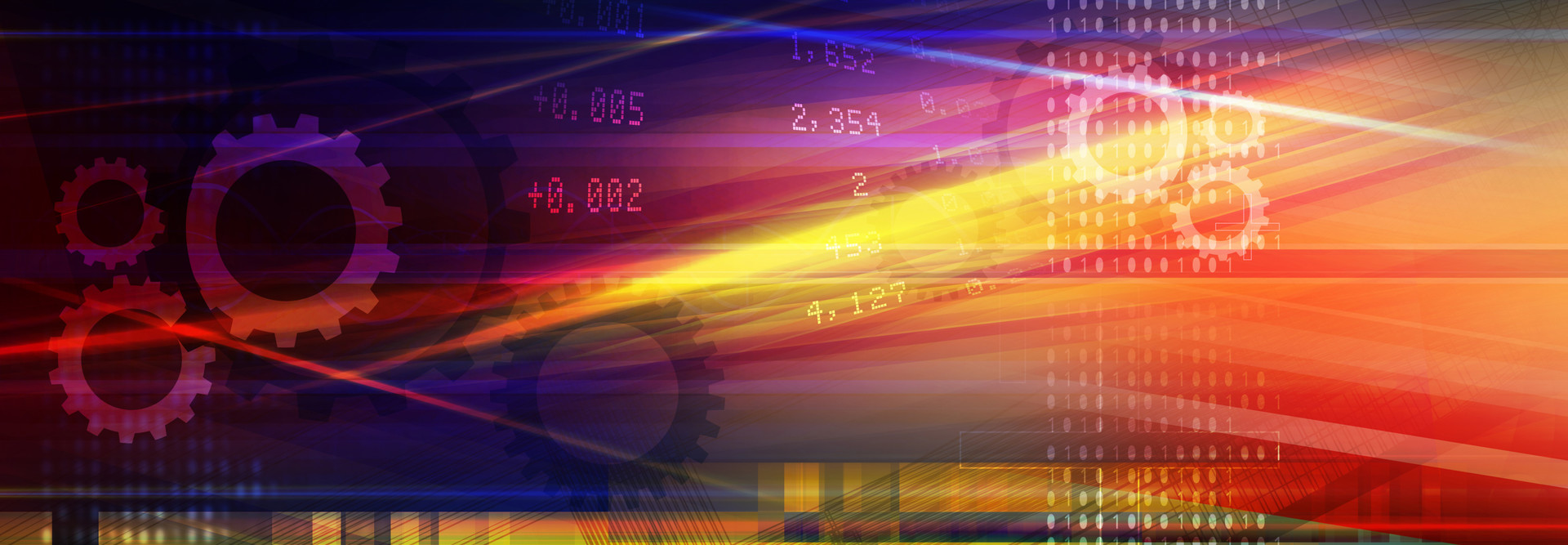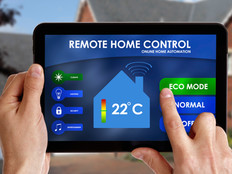Automation and Analytics Emerge as Key Internet of Things Use Cases
For years, IT leaders have been tantalized by predictions of a world powered by the Internet of Things, where a smart refrigerator would tell a person’s connected car to buy milk when passing a convenience store.
While some IoT solutions, such as health and activity trackers, have hit the consumer markets, the Internet of Things is still largely the stuff of science fiction for many people. But behind the scenes, a number of enterprises have quietly been making IoT technologies an integral part of their operations, and these solutions will likely become more pervasive as the cost of sensors and connectivity drops over time.
“Since it’s kind of an unknown, a lot of companies are looking at the Internet of Things and saying, ‘What does this mean to me?’ ” says John Byrne, a senior principal analyst at IHS Technology. “They’ll start with a pilot, and the pilots tend to be pretty conservative, and it takes a year to get the results. It tends to be an incremental thing.”
“Most of the time, when a company tries an IoT solution out, they do see efficiencies that end up paying for the deployment,” Byrne adds. “It takes a while to build momentum, but we are seeing slow and steady progress toward more and more IoT deployments.”
IoT Applies to Consumer and Business Worlds
The term Internet of Things refers to a network of objects in the physical world that are linked to the Internet via wireless and wired connections, through sensors embedded in or attached to the items. These sensors are part of a device category called microelectromechanical systems, and they can be attached to countless objects, ranging from agricultural machinery to insulin pumps. The sensors are paired with an application-specific integrated circuit, and the data collected by the objects is then transmitted to data-processing applications.
At the consumer level, many IoT use cases are simple to understand. For example, a homeowner may take control of systems such as a thermostat or home security remotely through the use of a mobile application. The homeowner can be alerted by sensors on these systems when a home’s temperature rises or when a window is opened.
Such uses are intuitive, but business use cases can be more difficult for a layperson to understand, in part because many of the most prominent IoT business applications exist in highly specialized fields such as gas and oil. In fact, these industries have long relied on connected objects, in the form of machine-to-machine (M2M) connectivity, and are, therefore, best positioned to see the value and efficiencies that can be created via IoT technologies.
“That’s where the demand is right now,” says Mike Fratto, principal analyst at Current Analysis. “Where you’re seeing IoT deployed, many of these companies have already had sensor networks. They’ve been doing things similar to IoT for 20 or 30 years. Now they’re connecting via IP.”
While both M2M and IoT solutions give users remote device access, machine-to-machine systems typically allow a device to interact with only a single, specific application. Internet of Things objects, by contrast, can be integrated with a number of different enterprise applications.
The boost in profitability by 2025 predicted for organizations that extensively use IoT technologies in their products and operations
SOURCE: Verizon, “State of the Market: The Internet of Things 2015,” February 2015
Emerging Use Cases
RJ Mahadev, Cisco Systems’ lead for IoT Service Solutions, says that companies are primarily using IoT solutions in one of four ways: automation, tracking, collaboration and analytics. In a single factory, for example, sensors might be used to automate processes around maintenance and upkeep, eliminating the need for frequent inspections. Sensors might also be used to track items in order to ensure that no production time is lost searching for raw materials.
If a problem arises on a production line, sensors can track the position of workers and pull in a relevant expert to help them troubleshoot, facilitating collaboration. And data from sensors throughout the factory can be run through analytics programs in order to help the company find new efficiencies.
Mahadev calls analytics the “holy grail” of the Internet of Things, but says that these solutions remain too expensive for many companies, often making sense only in cases where they can prevent hugely expensive downtime. “If you have a $25,000-a-minute [downtime] problem, we can help you solve that,” he says. “But if you have a several-hundred-dollar-a-minute problem, we don’t have [an economical] solution for that.”
“The benefits that apply to larger companies also apply to smaller companies,” Byrne says. “There isn’t a use case that you can come up with where you couldn’t deploy connected sensors and make your operations more efficient. The challenge is, for a smaller company, those questions about return on investment are more difficult to answer.”
In addition to monitoring gas and oil equipment, other significant IoT uses include connected local government infrastructure, buildings, jet engines and heavy machinery, Byrne says.
Because jet engines and equipment such as farm machinery are so expensive to build and maintain, Byrne says, the proactive maintenance made possible by IoT monitoring is often worth the investment. “You can fix problems before they happen and eliminate downtime, but you’re also making things more economical because you’re not fixing things that aren’t broken,” he says.
Cities are also making investments in IoT to help them better manage infrastructure such as parking and lighting, Byrne says. And, while it is costly to retrofit old buildings with smart lighting and energy systems, Byrne says that many new buildings are being constructed with these IoT systems.
“Turning off lights when no one’s there, turning heat down if there’s no activity — when you’re looking at a 100-story building, that translates into really substantial savings,” Byrne says. “There are benefits to the environment also, so you’re being a good corporate citizen, and you also end up with more money in your pocket.”
IoT Cost Challenges
While the cost of sensors and connectivity are almost certain to continue to go down, enterprises must overcome hurdles other than money if they wish to take advantage of IoT technology. For one, standards are still emerging, and not all IoT systems are able to “talk” to each other.
Mahadev notes that a company such as Uber could not have existed even a decade ago, because certain underlying conditions (for example, widespread access to smartphones and wireless connectivity) were not yet in place. He suggests that, similarly, a number of different components will have to be put in place before an “Uber of IoT” capable of delivering affordable, off-the-shelf solutions can emerge.
Additionally, IoT deployments require enterprises to plan carefully around data management and security. Monitoring systems, for example, must be designed in a way that only “alarm” signals (rather than all “normal” signals) are transmitted to a company’s data center, to avoid overloading the network. And organizations must ensure that new connections do not open up new vulnerabilities in their networks.
“When things like your heating and air-conditioning systems connect to your network, all those are points for potential security breaches,” says Jennifer Blatnik, vice president for cloud marketing at Juniper Networks. “You’re exponentially increasing the number of connections.”
For more coverage of data center technology, check out, The New Tools Needed to Defend Next-Generation Data Centers From Cyberattacks.









